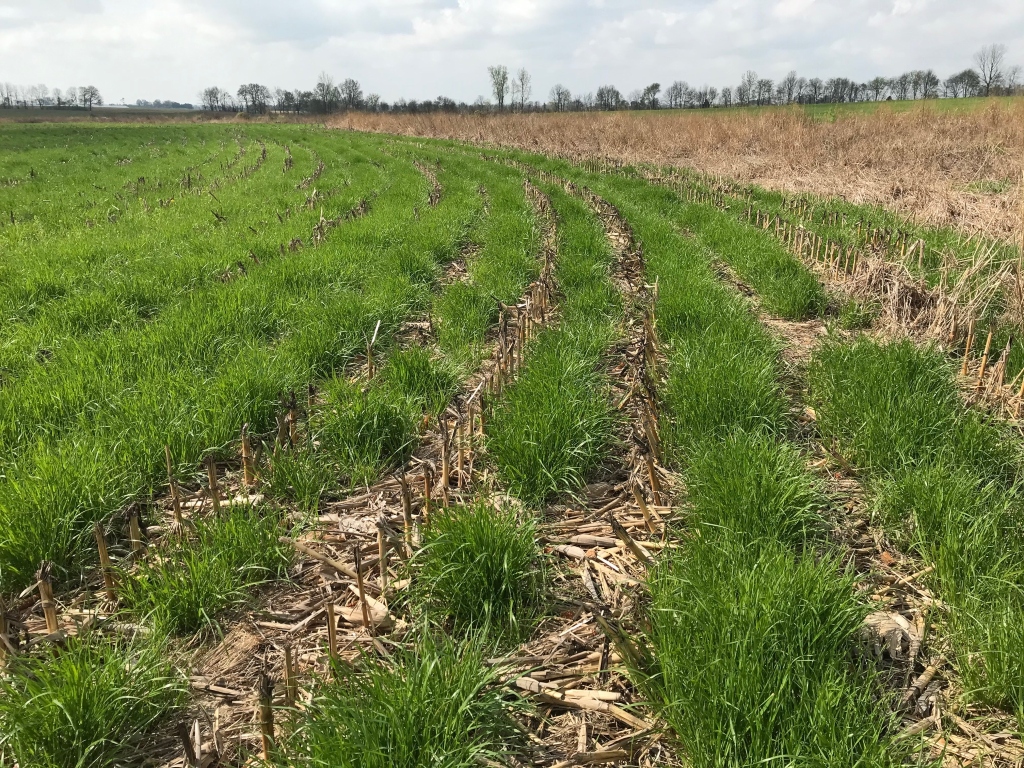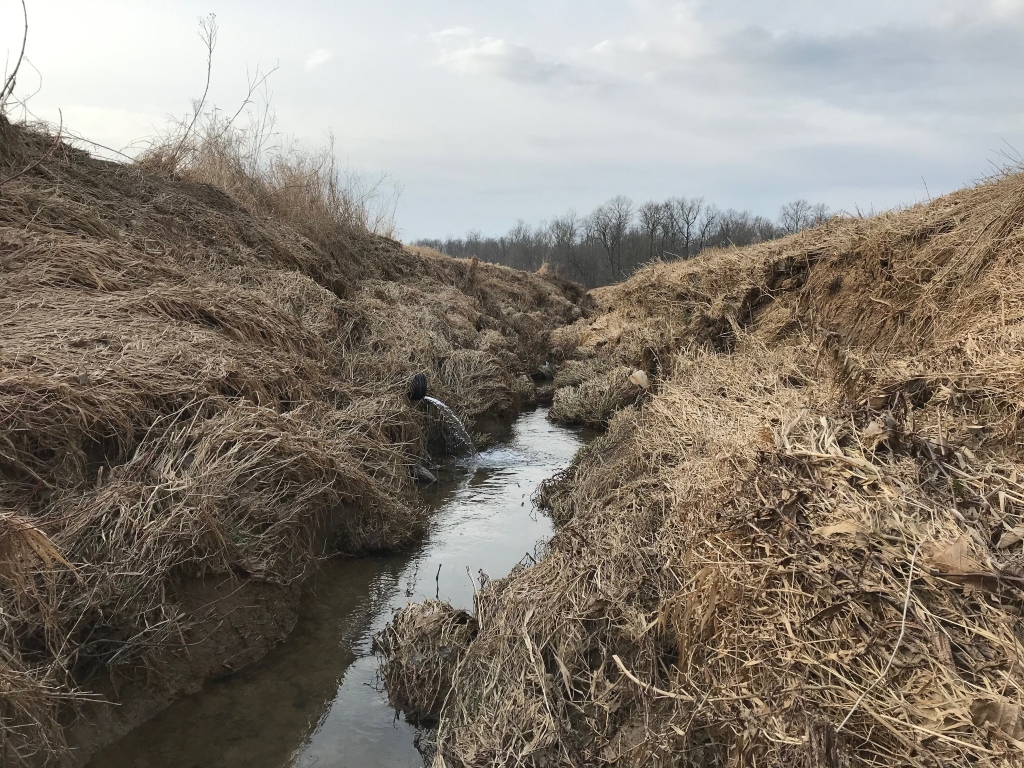The Problem
Despite decades of effort and billions of dollars invested in conservation practices, water contamination from agriculture remains a complex and widespread challenge, contributing to unsafe drinking water, algal blooms, and dead zones downstream.
Water pollution from fertilizer runoff is challenging to solve for multiple reasons. There are many dispersed sources but few monitoring locations, making it difficult to know how much loss is occurring from a given farm. Moreover, the consequences of nutrient losses occur far downstream and take years to be detected. The distant and delayed outcomes provide little information to farmers that are relevant for making management decisions.
As farms in Indiana experience heavier rainfall due to climate change, there is a risk that more nitrogen fertilizer is being lost from soil erosion and subsurface tile drainage into waterways.




